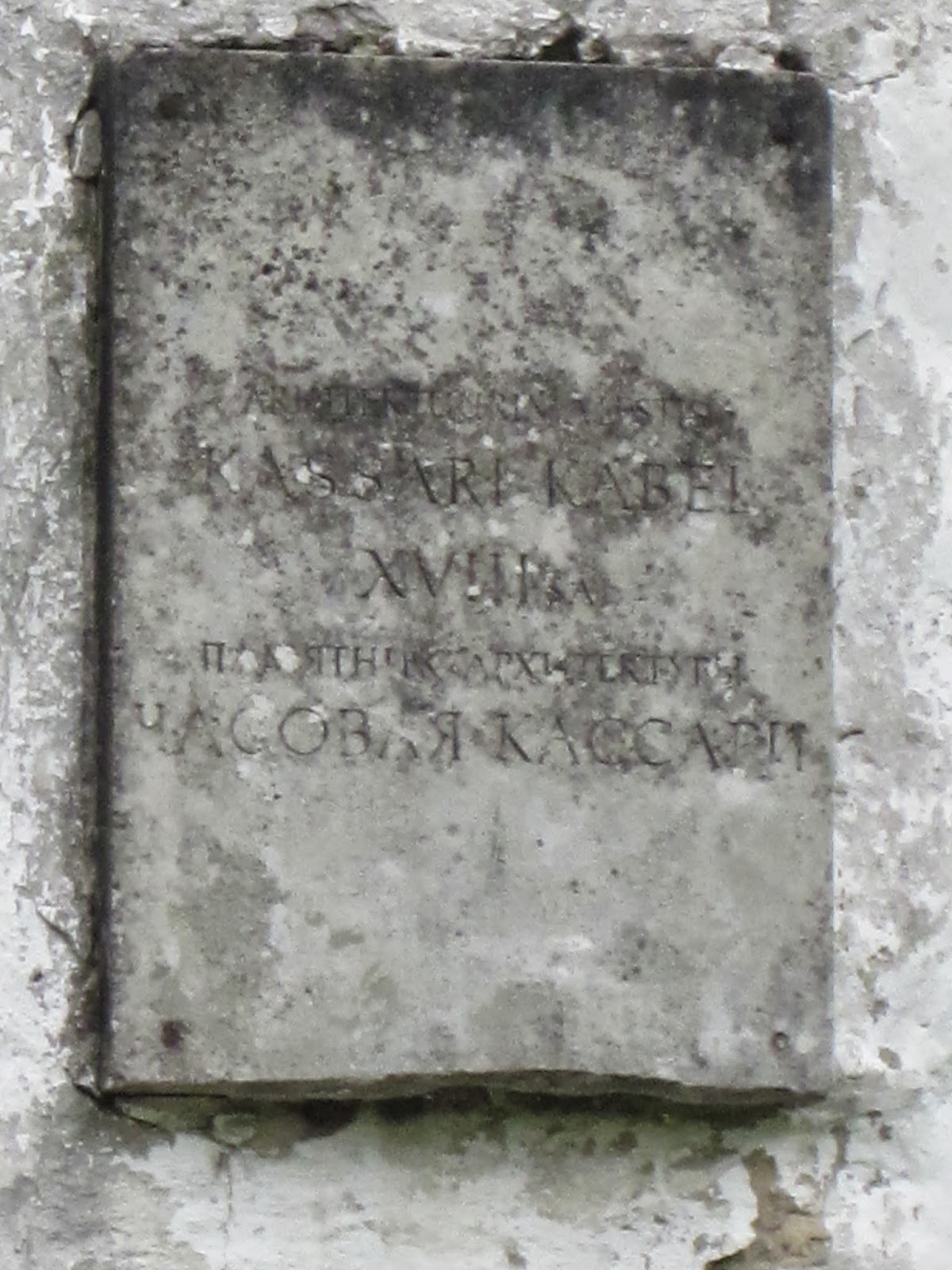Visited June 14, 2014
Reigi Church was originally begun in the 1600s to serve the Swedish community in the area. In fact, the name Reigi comes from Swedish for smoke or fire. When the Swedes there were deported in 1781, those living around the church were allowed to stay and the community is incorporated as Rootsi in their honor.
The current building was consecrated in 1802, having been build by Lord Ungern-Sternberg in honor of his son, who committed suicide. The inside of the church has a boat-like feel to it, and even the candle holder is wrought iron in the shape of a Viking ship.
Reigi Church was originally begun in the 1600s to serve the Swedish community in the area. In fact, the name Reigi comes from Swedish for smoke or fire. When the Swedes there were deported in 1781, those living around the church were allowed to stay and the community is incorporated as Rootsi in their honor.
The current building was consecrated in 1802, having been build by Lord Ungern-Sternberg in honor of his son, who committed suicide. The inside of the church has a boat-like feel to it, and even the candle holder is wrought iron in the shape of a Viking ship.











































